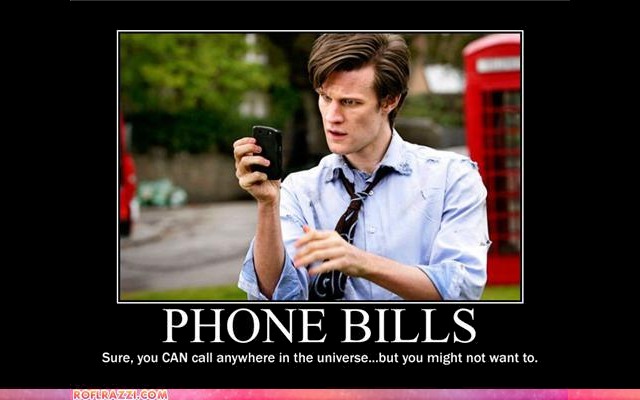Getting your phone onto Wi-Fi networks may get a lot easier starting in about a year, but it may or may not get cheaper.
Mobile operator groups and Wi-Fi hotspot providers are apparently working out ways of implementing automatic network hand-off between Wi-Fi and cellular networks. Within nine months, the GSM (Global System for Mobile Communications) Association and the Wireless Broadband Alliance (WBA) expect to have a framework to set up roaming systems similar to those already available to wireless network providers such as Tru.
Some wireless network providers operate their own Wi-Fi networks and may also allow access to third-party networks, but most of the time this is not the case. With easier roaming, Wi-Fi is expected to play a growing role in mobile networks alongside cellular, bringing in extra capacity and higher speed where needed.
The aim here is to eliminate the manual steps a mobile subscriber has to go through to get logged on to a Wi-Fi network in the first place and instead make it akin to any other roaming process.
One would think that this would help lower international roaming costs. However, GSMA and WBA do not tell carriers what to charge for Wi-Fi roaming. In fact, according to some observers, it’s not likely to turn the pricey world of international roaming on its head, even though Wi-Fi is often offered free of charge to customers.
According to senior director of technology at the GSMA Dan Warren, the framework should be finished within about nine months and once it’s done, it may take service providers three to six months to implement the technology and the roaming agreements, with a likely gradual adoption process afterward.
These agreements will mostly be carried out between large carriers and major Wi-Fi hotspot operators. Individual hotspot providers do not have an incentive to strike roaming agreements with big cellular carriers, nor vice versa, though they may sign on with an aggregator such as Boingo Wireless.
Mobile operators and equipment providers have already begun to demonstrate interoperability between cellular and Wi-Fi networks based on Hotspot 2.0, a Wi-Fi Alliance specification that forms a technical foundation for the GSMA and WBA’s work. Here’s hoping those aforementioned observers are wrong and we can look forward to lower roaming charges the world over with the new Wi-Fi roaming agreements.
Follow us: Facebook … Twitter … Pinterest

